Civic Engagement Quad to be College’s first dorm building downtown
Contributed by Adjaye Associates
An artist rendering of the planned Civic Engagement Quad that will be completed by fall 2024.
October 10, 2022
The Grinnell Board of Trustees voted on Oct. 1 to break ground on the Civic Engagement Quad (CEQ), the College’s first off-campus student housing complex. Construction is now expected to begin within the next month and is to be completed by the fall of 2024.
The College is working with New York-based Adjaye Associates and Des Moines-based OPN Architects to design and construct the project on 1029 Broad St. According to the College’s website, the CEQ is meant to serve as a “gateway that fuses and dissolves the barriers between town and institution” as well as a means to “expand the architectural discourse beyond Des Moines and the capital cities of the Midwest, placing Grinnell on the map as a dynamic 21st century destination.”
To assess the community’s reception of the new residence hall and to “prioritize community engagement,” Adjaye Associates and OPN Architects ran the “Grinnell New Downtown Student Residence” survey in November 2020 with student, faculty, alumni and community member respondents. The survey showed that 18% of respondents visited the building location every day and another 45% visited it 1-2 times a week. Additionally, 77% of respondents replied “Yes” to the question “Do you think that more intentional connections between the College and the Town could be beneficial?”
According to Anne Harris, president of Grinnell College, the CEQ lies within the zone of confluence where the campus and downtown meet. “Broad and 6th [Avenue] is exactly that space. You can still see campus from it, but you can also look to downtown from it,” she said.
Harris added that apart from community engagement, the CEQ is also part of a larger project to expand and renovate student housing on campus. “There are multiple wheels in motion. Some are larger wheels that have been going on for about five years to renovate student residences, such as Norris right now, but our next wheel is in the new vision of student residential living.” That vision includes air conditioning, aerated and light-filled spaces and communal living, and it is a shift from the 19th-century model of dorm rooms to newer apartment-style dormitories, according to Harris.
She praised Adjaye Associates and its founder, David Adjaye, for the design of the CEQ — “globally renowned is not even in itself a generous enough term … he’s been recognized in all sorts of different bodies, including Her Majesty the Queen, getting the highest order of recognition for an architect.” David Adjaye visited Grinnell to scout the town and its feel and explained his ideas for the project during a virtual meeting with the trustees, said Harris.
The design of the dorm differs “greatly” from the ones already on campus, according to Rick Whitney, associate vice president of facilities management and the College’s point of contact with Adjaye Associates. He said the CEQ will be built in a “U-shape” with a north and south tower. A yet-to-be-approved plan would see the construction of a sculpture and zen garden within the middle of the “U-shape”.
Echoing architecture on campus, the CEQ will also have a two-story loggia. This loggia, nicknamed the “Pajama Floor” by Harris, would connect the north and south towers while simultaneously allowing for privacy and community, said Harris.
The CEQ will have 110 beds for students as well as two faculty apartments, residence life coordinators and community advisors, according to Whitney.
Another major aspect of the dorm is its sustainability, according to Harris. Ipe wood, which is generally considered a sustainable wood due to the trees’s carbon sequestration and carbon storage, will be used in the construction. Biophilic design will be emphasized in the complex, a means of using natural resources to create a sense of harmony between modern architecture and the natural world, with the addition of a green roof and lush greenery, according to Harris. She mentioned the lack of greenery within Grinnell in the winter-time and said that the building will always be green and lush to help combat seasonal depression.
According to Harris, the trustees’s roles in approving breaking ground on the CEQ is purely fiduciary as their responsibility is to make sure that the resources and the mission of the College are maintained over time.
Harris said the Facilities Committee and the Finance Committee of the College were also responsible for bringing the project to life. “The Facilities Committee looks at the design and really assesses if the cost of the design is warranted, and the Finance Committee investigates the funding structure of something like this because we’re not going to pull whatever the amount is from the operating budget,” said Harris.
The budget for the CEQ involves two figures: the guaranteed maximum price and the total project cost. According to Harris, the guaranteed maximum price for the complex is $67 million and the total project cost is $85 million. “What if the market goes wild? The 85 is our ‘what if?’ number and the 67 is a guaranteed number.”
When asked whether the billed cost of living in the new dorm will be different from on-campus dorms, Harris said, “that has not been determined yet. What I can say definitively is that financial aid would apply and meet need in full to all residence halls.”
When asked if the new dormitory will mean an expansion of the student body, Harris firmly said, “No, this is not about expanding the student body. We are at capacity in the Dining Hall and in our classrooms … In fact, what this is is we currently have about 230 students who live out in town. This is about providing what students have asked for over the years: more options.” There will be no Dining Hall in the CEQ, said Harris.
“We’ve purposefully not decided everything. I can’t tell you how it’s going to be decided that students live there. I can’t tell you what’s going to be happening in terms of the programming spaces. Is this an opportunity for multicultural organizations? Is this an opportunity for themed floors? All of that we want students to shape, and I’m so excited to see your creative energy,” said Harris.




























































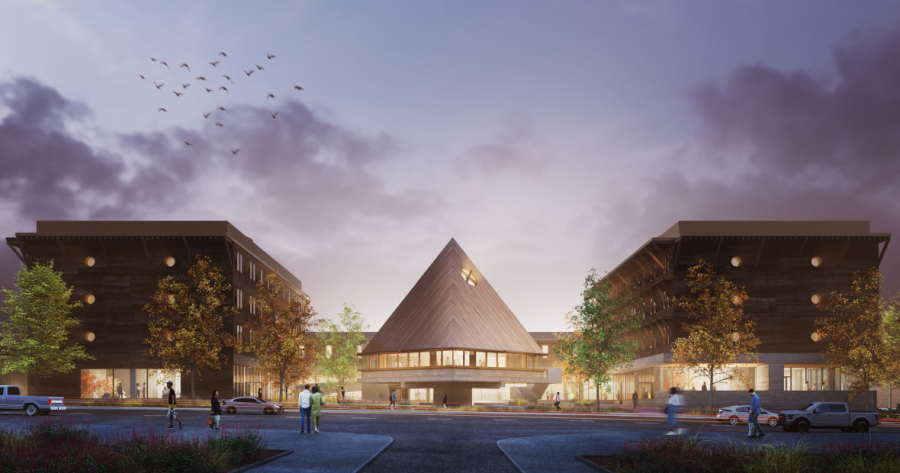





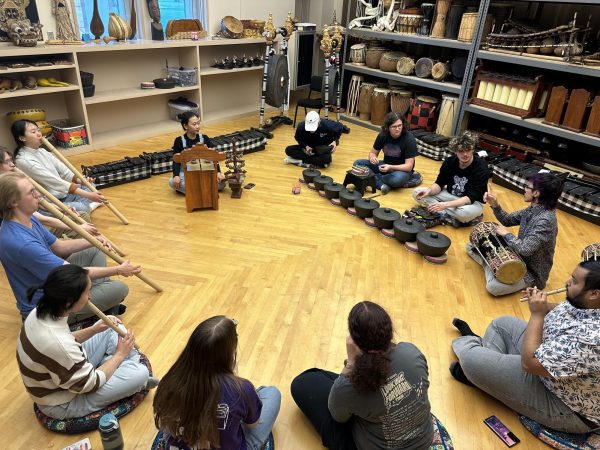
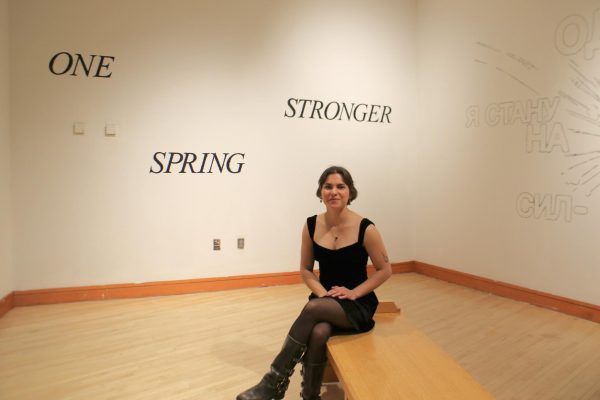


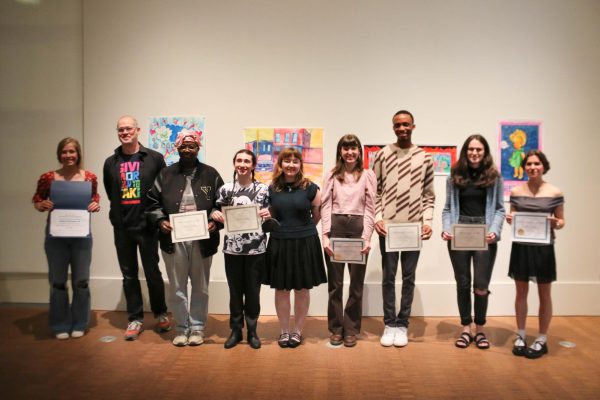
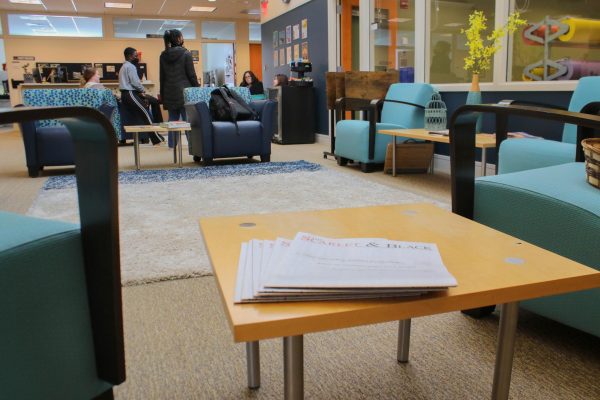
Arthur Baumgartner '07 • Apr 1, 2024 at 4:59 pm
I drove past the Civic Engagement Quad yesterday, and as an architect, I couldn’t help but have some thoughts. The building’s size feels out of place within the downtown neighborhood, and its design seems to turn away from the city center rather than embracing it. I believe there was an opportunity to create a more harmonious integration with the surroundings by carefully selecting materials and considering scale. However, the heavy use of brick, concrete, and various wood sidings appears quite overbearing. Additionally, the choice of small, circular windows feels outdated and disconnected from contemporary architectural trends.
I acknowledge that my concerns may be unwarranted and that the final construction could enhance the overall design, However, I worry that Grinnell may have severely underestimated the negative impact this building would have on the downtown area. I sincerely hope that my apprehensions prove to be unfounded.